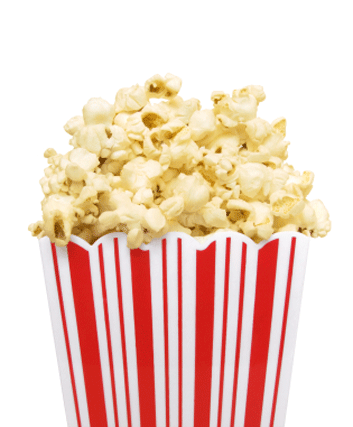Nutrition: Truth in sizing’how misleading labels can lead to overeating
At a movie theatre on the weekend, I was pleasantly surprised to find that the “small’ popcorn I ordered really

At a movie theatre on the weekend, I was pleasantly surprised to find that the “small’ popcorn I ordered really was just enough for two people to snack on and not a mega-bag more appropriate for four. And I think my perception of the size matched the actual amount I was eating.
But I could be fooling myself! Turns out, our perception of serving size can be affected by the way something is labelled. Research published recently in the Journal of Consumer Research showed that size labels set by food vendors can have a major impact on our judgment and consumption. And when deciding what to eat, people look at the size a serving is labelled, as well as its actual size.
Size labels also affect how much we think we’ve eaten. This effect can result in people consuming more without even being aware that they are doing it’what the study authors call "guiltless gluttony." In other words, someone can eat a large serving that’s been marked as "small" and not feel concern about the amount they’ve eaten.
Size labels can even result in perceived size reversals, according to the study, with people thinking that a smaller package is bigger than a larger one based on how the two are marked. (For more information on keeping portion size under control, see “5 surprising ways to cut portion sizes.”)
I’ll now try to check the actual size of a serving on the Nutrition Facts label when buying packaged goods. Do you have any examples of feeling misled by how something was labelled?




